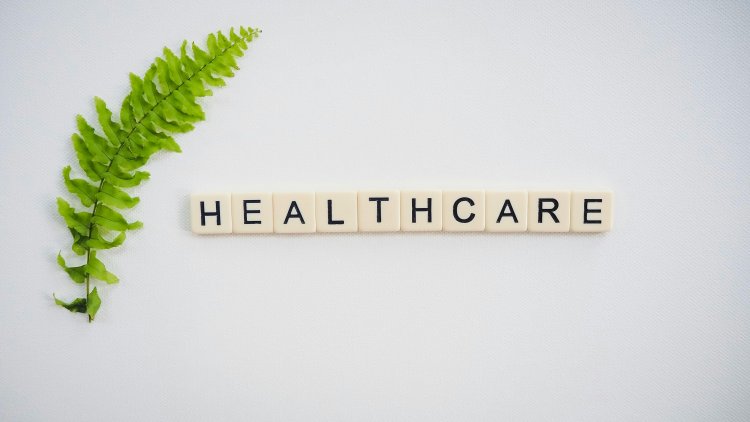Prioritizing Prevention: A Guide to Preventive Care in Healthcare
Prioritizing Prevention: A Guide to Preventive Care in Healthcare

Table of Contents
1. Introduction
2. Understanding Preventive Care: Importance and Benefits
3. Vaccinations: Protecting Against Infectious Diseases
4. Screenings and Early Detection: Identifying Health Risks and Conditions
5. Regular Check-ups: Monitoring Health and Preventing Complications
6. Lifestyle Modifications: Promoting Healthy Habits for Disease Prevention
7. Preventive Care for Specific Populations: Tailoring Strategies for Different Groups
8. Community Health Initiatives: Promoting Preventive Care at the Population Level
9. Integrating Preventive Care into Healthcare Systems: Strategies for Implementation
10. Overcoming Barriers to Preventive Care: Addressing Challenges and Promoting Access
11. Conclusion
Introduction:
Preventive care play plays a crucial role in maintaining health and well-being by identifying and addressing health risks before they escalate in into serious conditions. In this blog, we will explore the importance of preventive healthcare measures such as vaccinations, screenings, and regular check-ups.
1. Understanding Preventive Care: Importance and Benefits:
This section will provide an overview of preventive care, highlighting its importance in preventing diseases, reducing healthcare costs, and improving overall health outcomes ab at large.
2. Vaccinations: Protecting Against Infectious Diseases:
Vaccinations are essential for protecting individuals and communities from preventable infectious diseases. This section will discuss the importance of vaccinations and the recommended vaccination schedules for different age groups.
3. Screenings and Early Detection: Identifying Health Risks and Conditions:
Regular screenings for conditions such as cancer, diabetes, and hypertension are crucial for early detection and treatment. This section will explore the importance of screenings and the recommended screening guidelines for various health conditions.
4. Regular Check-ups: Monitoring Health and Preventing Complications:
Check-ups Regularly with healthcare providers allow for the monitoring of overall health and the detection of any emerging health issues. This section will discuss the importance of regular check-ups and the components of a comprehensive preventive care visit.
5. Lifestyle Modifications: Promoting Healthy Habits for Disease Prevention:
Healthy lifestyle habits, such as regular exercise, balanced nutrition, stress management, and tobacco cessation, are essential for disease prevention. This section will provide tips and strategies for adopting and maintaining healthy habits.
6. Preventive Care for Specific Populations: Tailoring Strategies for Different Groups:
Preventive care strategies may vary based on age, gender, and other demographic factors. This section will discuss preventive care recommendations tailored to specific populations, such as children, adults, seniors, and individuals with chronic conditions.
7. Community Health Initiatives: Promoting Preventive Care at the Population Level:
Community-based health initiatives play a vital role in promoting preventive care and improving health outcomes at the population level. This section will explore examples of community health programs aimed at promoting preventive care.
8. Integrating Preventive Care into Healthcare Systems: Strategies for Implementation:
Integrating preventive care into healthcare systems requires collaboration between healthcare providers, policymakers, and community stakeholders. This section will discuss strategies for integrating preventive care into healthcare delivery systems.
9. Overcoming Barriers to Preventive Care: Addressing Challenges and Promoting Access:
Barriers such as cost, lack of awareness, and access to healthcare services can hinder preventive care utilization. This section will explore strategies for overcoming barriers to preventive care and promoting access for all individuals.
Conclusion:
By prioritizing preventive care measures such as vaccinations, screenings, and regular check-ups, individuals can take proactive steps toward maintaining their health and reducing the burden of preventable diseases on both individuals and healthcare systems.
What's Your Reaction?





















